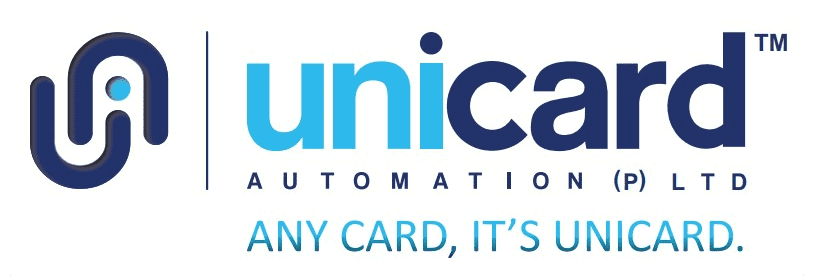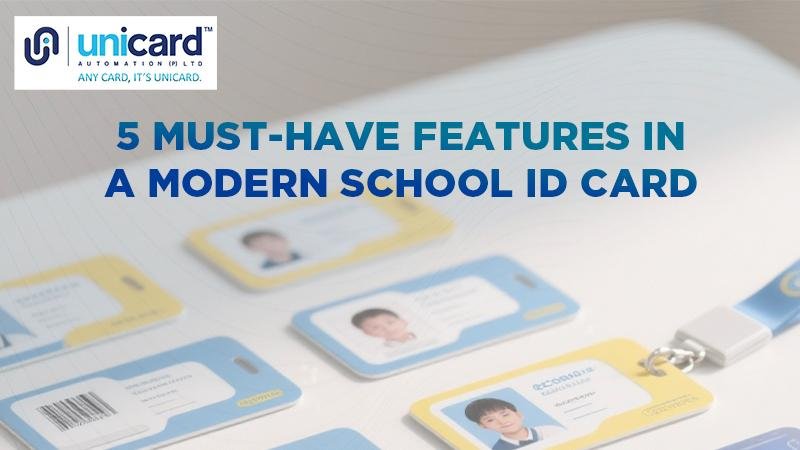School ID cards have come a long way from being just a laminated photo with a student’s name. Today, they act as powerful digital tools that make campuses safer, more efficient, and more connected.
For schools, investing in a modern ID card system isn’t just about security — it’s about creating a better experience for students, staff, and parents. Whether you’re upgrading your system or starting fresh, here are five essential features every modern school ID card should include.
1. Photo ID and Student Verification
The foundation of any good school ID card is a clear photo and accurate student details. Modern printing technology ensures these images stay sharp and easy to read, even after years of daily use.
Most cards display:
- Student name
- Grade level or program
- Student ID number
- Academic year
Many schools now color-code cards by grade or department, making it easy for staff to spot if a student is out of their designated area. Advanced printing features like holograms or special patterns make cards difficult to duplicate — a simple but powerful security measure.
An added bonus: these systems sync directly with student databases, so information stays updated automatically as students progress through school years or programs.
2. Access Control and Campus Security
Modern ID cards do more than identify — they control access too. With RFID or NFC technology, students can simply tap their cards to enter buildings, classrooms, or restricted zones like labs and server rooms.
Why this matters:
- Keeps unauthorized people out
- Tracks who enters and exits in real time
- Allows emergency lockdowns with just a few clicks
- Offers time-based access to prevent after-hours entry
This system creates a safer environment for both students and staff — and gives administrators real-time visibility into campus movement.
3. Attendance Tracking Made Easy
Manual roll calls can eat up valuable classroom time. With automated attendance tracking, students just tap their cards at the reader, and their presence is logged instantly.
This is especially useful for:
- Schools with rotating schedules
- Campuses with multiple buildings
- Special programs or activity periods
Teachers can focus on teaching instead of paperwork, and parents get real-time alerts when their children arrive or leave campus. Plus, attendance data helps schools spot patterns and support students who might need extra help staying engaged.
4. Library and Cafeteria Integration
Why carry multiple cards when one can do it all? Modern school ID cards can be linked to the library and cafeteria systems, making daily routines smoother for everyone.
With one card, students can:
- Borrow books or digital resources
- Buy lunch or snacks
- Make cashless payments
Parents can preload funds, track spending, and even set dietary preferences or allergy alerts. Librarians can manage resources more efficiently, and students spend less time waiting in line — more time learning.
5. Emergency Contact and Medical Information
In emergencies, every second counts. School ID cards can store critical information like:
- Parent or guardian contact details
- Medical conditions or allergies
- Prescribed medications
During lockdowns, evacuations, or medical emergencies, staff can quickly verify a student’s identity and access their details. This feature is especially valuable for students with special medical needs or transportation arrangements.
Why Modern ID Cards Are a Smart Investment
These five features work together to create a comprehensive school ID system that improves:
- Safety and security
- Daily efficiency
- Communication with parents
- Administrative accuracy
Schools that adopt modern ID card systems report faster operations, fewer security issues, and happier parents and staff. Plus, automating tasks like attendance and access control reduces administrative workload and costs over time.
If your school is ready to upgrade, partnering with a trusted provider like Unicard Automation can make the process seamless. Their modern ID card solutions integrate easily with your existing systems and can scale as your campus grows.





